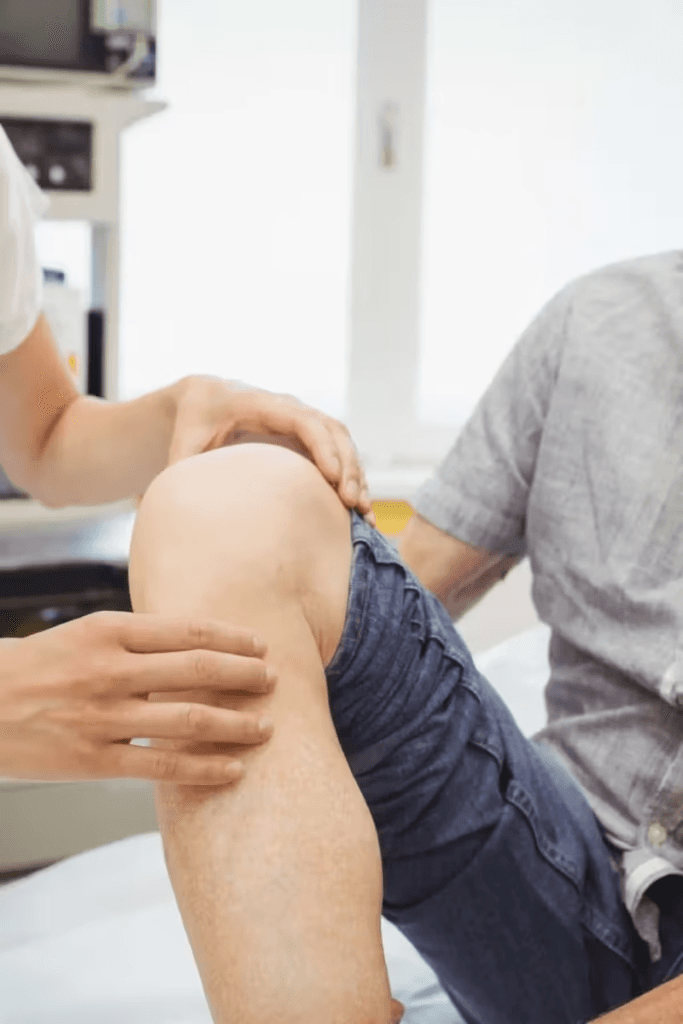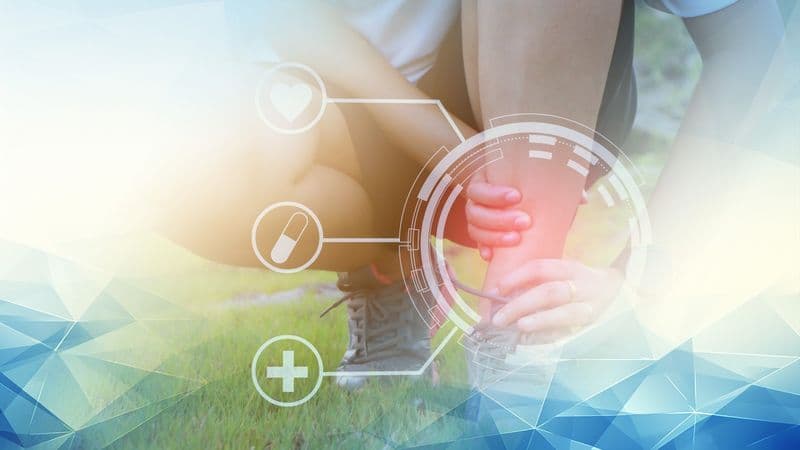About
Minimally-invasive solutions to knee cartilage replacement
We offer both cell-based and tissue-based cartilage replacement to relieve pain and repair damage to knee cartilage.

Minimally-invasive solutions to knee cartilage replacement
Not Needed
Instant-book option available
Cartilage replacement is an advanced treatment aimed at restoring damaged joint surfaces by implanting new tissue. This can involve techniques such as osteochondral grafting (using donor or patient tissue), matrix-induced autologous chondrocyte implantation (MACI), or synthetic scaffolds. These methods help regenerate or replace worn cartilage, reduce pain, and restore joint function. The goal is to delay or avoid joint replacement surgery, especially in younger, active patients.
Repetitive impact: High-load activities like running or squatting can wear down the joint surface.
Injury history: Meniscal tears, ligament injuries, or fractures may alter joint function and harm cartilage.
Joint misalignment: Uneven pressure distribution can cause one area of cartilage to degrade faster.
Age-related degeneration: As cartilage thins over time, it becomes more vulnerable to damage.
Obesity or high BMI: Excess weight increases stress on the joint, accelerating cartilage breakdown.
Not everyone with knee pain will need or benefit from cartilage replacement. A full assessment is needed to decide if this treatment is right for you. This usually includes a detailed medical history, physical examination, and imaging such as MRI scans to check the extent and location of cartilage damage.
Doctors will consider several factors, including your age, activity level, overall knee health, and whether you’ve had previous injuries or surgery. Cartilage replacement is often most suitable for younger or more active people who have localised damage, rather than widespread arthritis. The goal is to find the right treatment that offers long-term relief and helps you return to your normal activities.

The team at MSK Doctors are experts in all things knee-related, particularly cartilage repair. We take numerous approaches to cartilage repair, offering both cell-based and tissue-based treatments.
This approach to cartilage repair involves using cells, often chondrocytes or mesenchymal stem cells (MSCs), to stimulate or facilitate cartilage regeneration in the damaged area. This could be either by implanting the cells directly or by using them to create a scaffold, which can stimulate new cartilage growth.
We offer several cell-based approaches, including ACI, MACI, STACI and AMIC. Your MSK Doctor will recommend the best approach based on your presentation.
This approach uses healthy cartilage, from other non-bearing parts of the knee to replace the damaged cartilage. Sometimes, this tissue will come from your own body (autograft), whilst other time,s it will come from a donor (allograft).
We offer several tissue-based approaches to cartilage repair, including OCA, OATS and CR. Your MSK Doctor will recommend the best approach based on your presentation.

Both cell-based and tissue-based cartilage repair can delay the need for joint replacement.
Minimally-invasive solution to cartilage replacement
Can be completed by keyhole
We offer a range of flexible payment options to make your treatment experience smooth and stress-free.
Most patients choose to self-fund their treatment. We accept:
We’ve partnered with GoCardless to offer interest-free instalment options. You can easily set up a Direct Debit to spread the cost of your treatment over time.
Looking for a financing plan? You can apply through Kandoo, our trusted finance partner.
We work with a small number of approved insurance providers. However, due to restrictions from many insurers, not all treatments are covered. Please check with your insurer and speak to our team before booking to avoid disappointment.
Use our website to book an initial consultation, or give us a call.
Our doctors might request you arrange a scan before your initial consultation. Or, they’ll chat with you (face to face or online) and recommend a scan after your initial consultation, if they think you need one.
Once your scan results have been reviewed, and your doctor has explained your options, you will be booked in for treatment.
Following your treatment, your doctor will give you rehab recommendations.
You will be booked in for a follow-up consultation, so your doctor can check your progress. You might need further rehab after this consultation.
Once your doctor is happy with your recovery, you will be discharged. After discharge, we are always here for further questions or support, should you need it.
How do I know whether cell-based or tissue-based is better for me?
Do the treatments have different recovery times?

Cartilage damage often leads to pain and limited joint function due to its poor natural healing ability, stemming from lack of blood supply. Traditional treatments like physiotherapy, medications, or surgery offer limited long-term relief as repair tissue i...

Ankle sprains are common injuries that can sometimes lead to persistent pain due to damage to the talus cartilage, a crucial cushion in the ankle joint. This cartilage injury may not be immediately apparent but can significantly affect mobility and recovery...

ChondroFiller is a minimally invasive injectable gel designed to repair damaged knee cartilage effectively, supporting natural healing and speeding recovery. Ideal for younger adults with small cartilage defects, it offers a promising alternative to traditi...
We now offer select services at our Harley Street London clinic through the London Cartilage Clinic, led by internationally recognised surgeon Professor Paul Lee.
Our London clinic offers advanced treatments like cartilage regeneration and joint preservation to help patients avoid or delay joint replacement.
Located in Central London, our clinic provides convenient access to world-className musculoskeletal care without long NHS wait times.
If you would like to be seen in Central London, visit our London Clinic page for pricing, available treatments, and to book directly online.
Our Harley Street clinic uses cutting-edge techniques designed to reduce downtime and support faster, more effective recovery, getting you back to your lifestyle sooner.
Don’t wait to find relief. Whether it’s a consultation, scan, or treatment, we’re ready to help. Book a call with the admin team to discuss.